In this Article:
Home Feng Shui is about the harmonious integration between people and their environment. It's about blending, suitability, and harmony. It involves a detailed analysis of both the external and internal environments of a home, observing forms, and assessing situations.
In terms of orientation, Home Feng Shui aligns with traditional Feng Shui principles: left (Azure Dragon), right (White Tiger), front (Vermilion Bird), back (Black Tortoise), north (Rat), and south (Horse), like the Zuoyuan facing Wu, or facing mountains and overlooking water.
1. Combination Cabinet
The combination cabinet is one of the essential pieces of furniture in the living room. While the sofa is for resting and sitting, the combination cabinet is generally used to store TV, sound systems, and other recording/playback devices.
Though not as crucial as the sofa, the combination cabinet still plays a significant role in the living room's Feng Shui. There are many Feng Shui taboos to be mindful of to avoid disrupting the living room's Feng Shui.
Combination cabinets come in various heights and lengths, making it challenging to generalize. Generally, larger halls should use taller and longer cabinets, while smaller halls should opt for shorter ones to maintain a balanced size. Using a small cabinet in a large hall creates a sense of emptiness, while using a large cabinet in a small hall feels cramped and uncomfortable visually.
Taller combination cabinets often have ornaments displayed on top of them, while shorter ones may have paintings or calligraphy hung on the wall above them. When selecting these decorations, it's essential to choose auspicious symbols.
In terms of Feng Shui, a low sofa represents water, while a high combination cabinet represents a mountain, an ideal combination. However, if a low combination cabinet is used, both the sofa and the cabinet are low, creating a water without mountain scenario, which needs improvement. One way to resolve this is by placing a horizontally oriented painting on the low combination cabinet, raising its apparent height compared to the sofa. Additionally, paintings hung on low combination cabinets should primarily feature landscapes.
2. Living Room Position
The living room is the primary communal space in a home, ideal for family gatherings and entertaining guests. Therefore, its Feng Shui affects the overall household fortune, ideally situated in the center of the entire residence and preferably at the front of the house.
3. Living Room Sofa
The sofa is one of the essential pieces of furniture in the living room, and its placement influences the Feng Shui of the entire space.
The sofa should have a solid backing: having a solid wall behind the sofa ensures stability and security, a fundamental aspect of Feng Shui. Historically, in the imperial court, chairs had natural marble backings with faint mountain patterns, adhering to this principle.
If the sofa backs onto a window, door, or passage without a solid wall, it creates a vulnerable situation, symbolizing dispersal rather than prosperity.
Psychologically, an empty space behind the sofa lacks a sense of security. Considering the adage "eyes watching six directions, ears listening to eight," a sofa backing onto a door or passage raises concerns about being attacked from behind. In such cases, it's better to sit with your back against a solid wall.
If there's genuinely no solid wall behind the sofa, a practical solution is to place a low cabinet or a folding screen behind it, acting as a "man-made support" and remedying the situation.
4. Floor Layout
Upon entering the foyer, the first thing one notices is the floor. When designing it, attention should be paid to its smoothness and color. Opt for auspicious and symbolic patterns rather than those with diamond or angular shapes.
If the foyer floor has a wooden pattern, it should flow towards the interior, never directly facing the entrance. The material shouldn't be too smooth to prevent slips. Placing a doormat with the words "Enter and Exit Safely" near the entrance ensures safety for household members.
5. Wall Spacing
The space between walls should be solid below and empty above. For the lower half of the foyer facing the entrance, use sturdy bricks or wooden boards as a base for decoration, while the upper half can be adorned with bright materials like frosted glass.
Avoid installing mirrors opposite the foyer's entrance, as they don't reflect well, unlike frosted glass.
6. Shoe Cabinet Placement and Use
Placing a shoe cabinet in the foyer is logical, as it makes changing shoes convenient for guests. Additionally, "shoe" sounds like "harmony" in Chinese, symbolizing harmony and compatibility, making it auspicious to see shoes upon entry.
However, some aspects need attention when placing a shoe cabinet. It shouldn't be too tall, ideally not exceeding two-thirds of a person's height. The shoes should be hidden away rather than exposed, with the cabinet preferably having doors. A well-designed shoe cabinet blends seamlessly into the foyer's aesthetics, concealing its true purpose. Since Feng Shui emphasizes airflow, shoe cabinets should minimize odors; otherwise, bad Feng Shui prevails.
Shoes should be arranged with their toes pointing upward rather than downward, symbolizing rising fortunes. Cabinets should be positioned slightly to the side rather than directly facing the entrance.
7. Coffee Table
The coffee table serves as a place to set cups and teapots for guests, making it indispensable near the sofa. The sofa represents the main element, akin to a mountain, while the coffee table, being lower, symbolizes sand and water. For harmony, the coffee table should be smaller than the sofa. An oversized coffee table dominates the space, disrupting harmony. In such cases, replacing it with a smaller table restores balance and aligns with Feng Shui principles.
8. Bed Placement
Consider the following when placing the bed:
- The bed shouldn't be against a window, as it creates a sense of insecurity, affecting sleep quality.
- Avoid hanging objects like couple photos or artworks above the bed, as they evoke a sense of danger and can lead to headaches.
- The bed shouldn't face the bathroom, as it may lead to gynecological issues.
- Avoid placing a vanity mirror in front of the bed, as reflective glass scatters energy and, over time, may induce anxiety and hallucinations.
- The bed shouldn't face the door or be directly beside it, affecting privacy and a sense of security.
- Avoid hanging lights or beams directly above the bed, as they may bring bad luck.
- Avoid placing violent objects like weapons in the bedroom, as they may attract disasters.
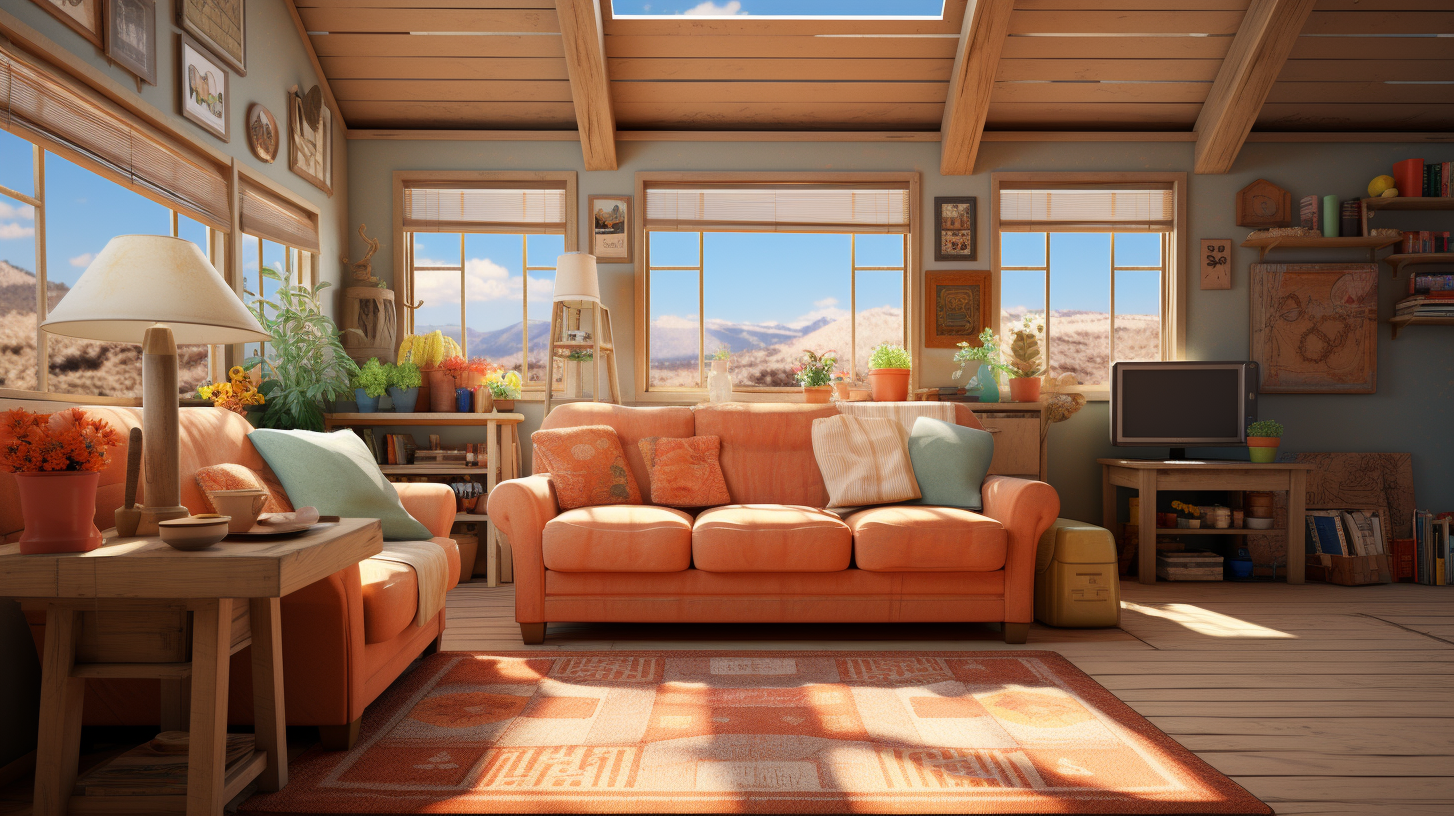



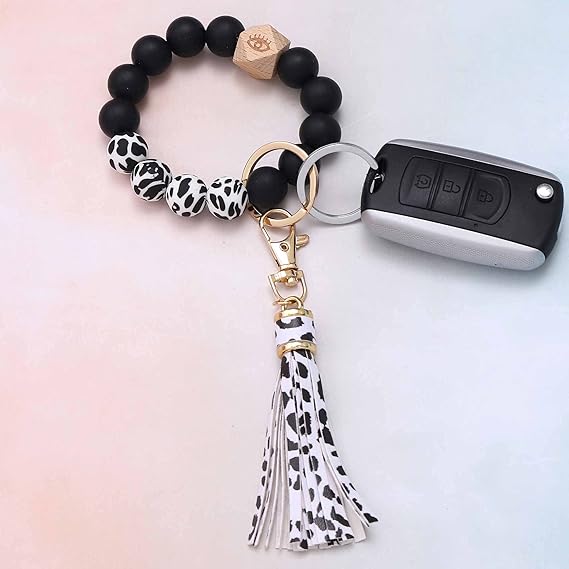
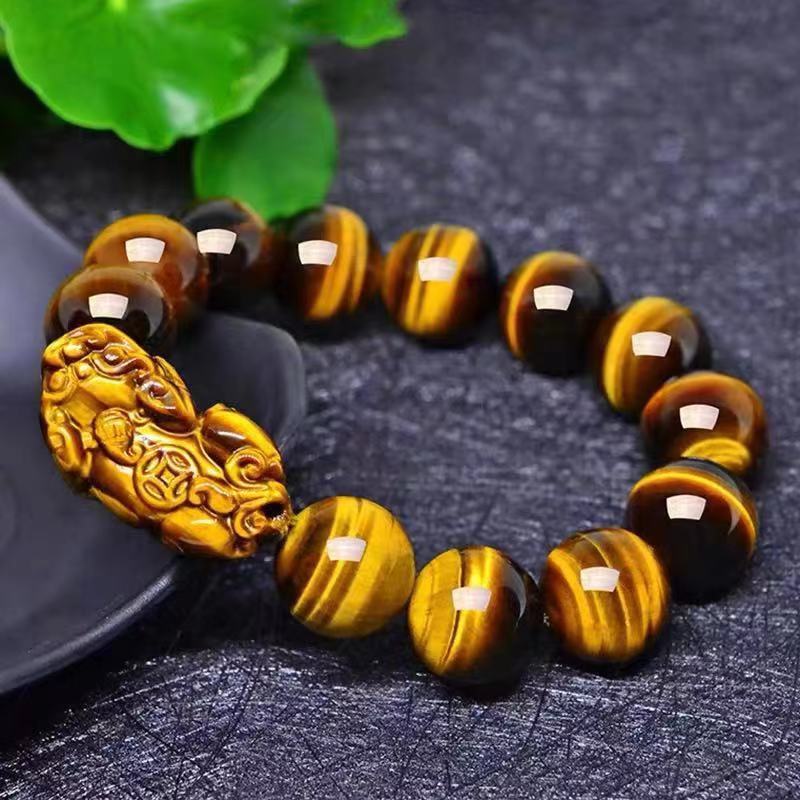
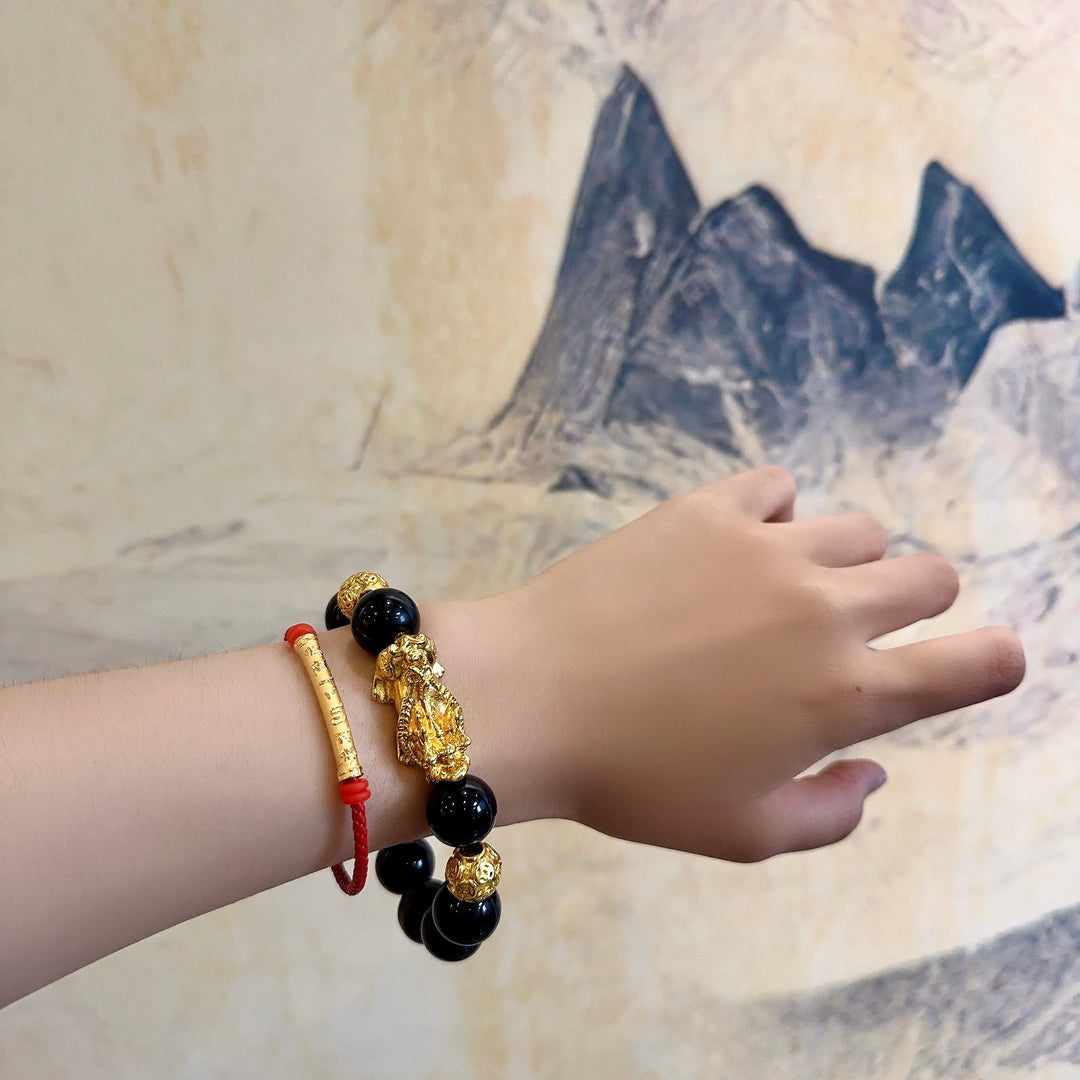
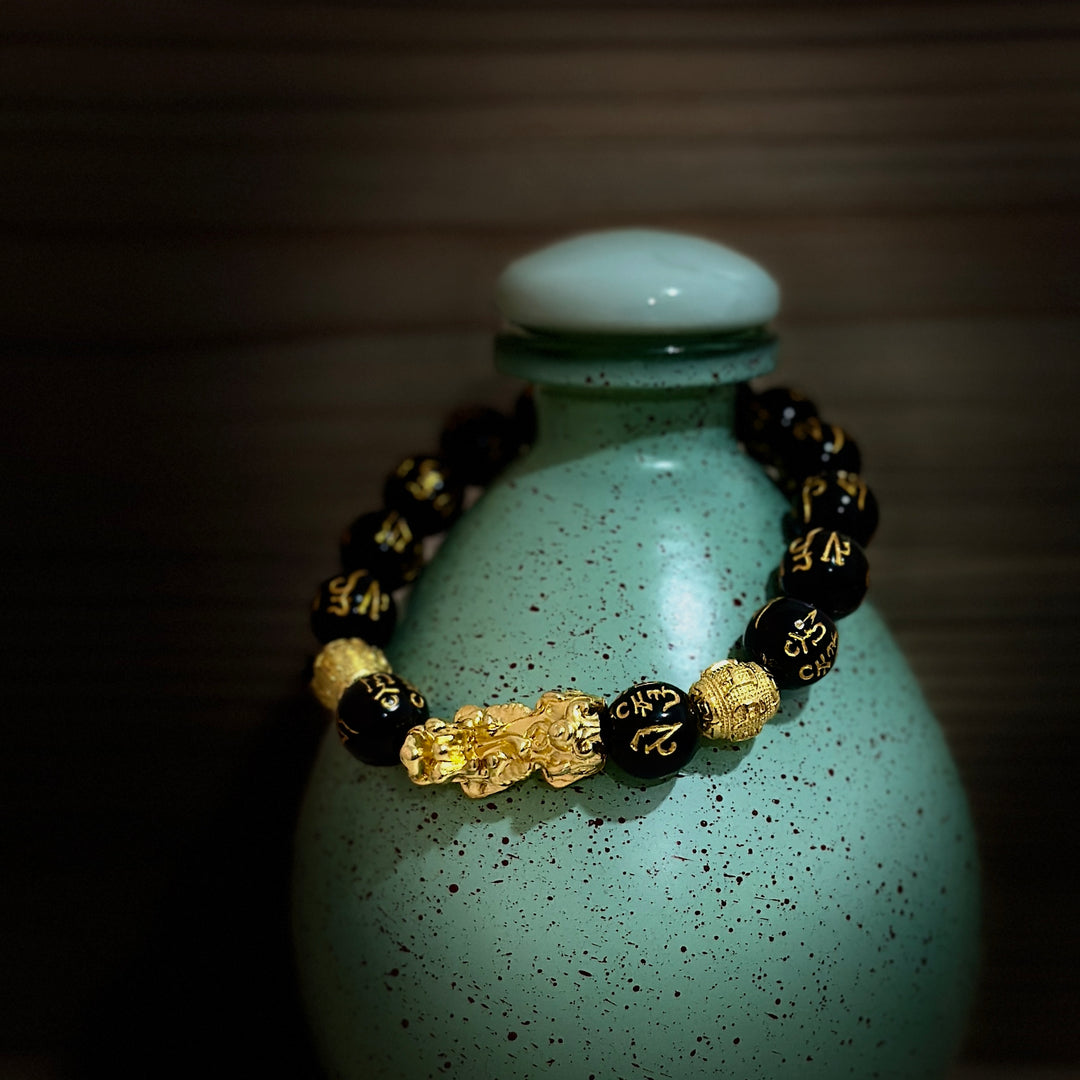
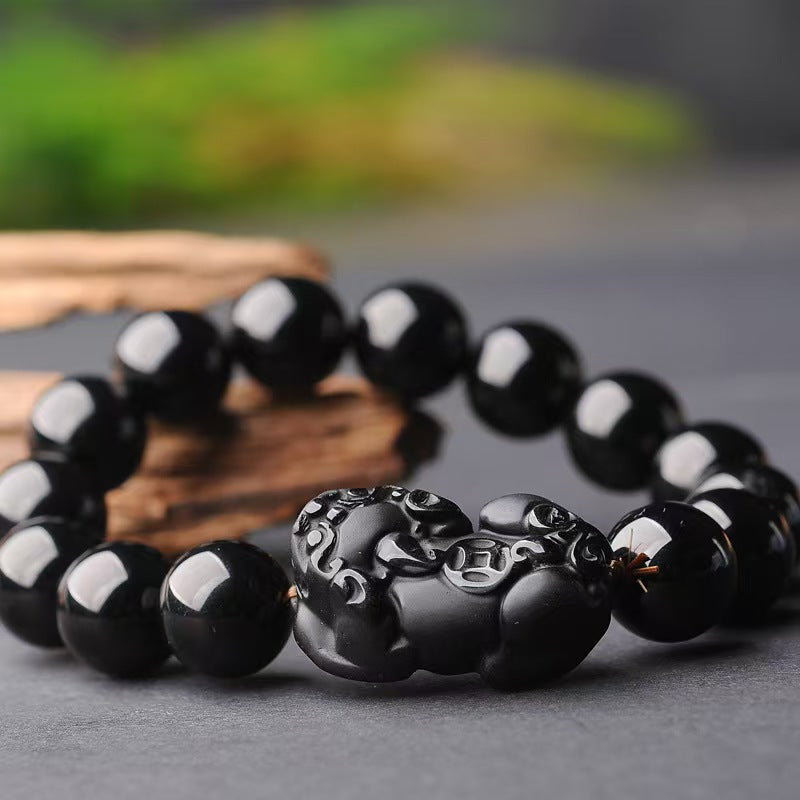





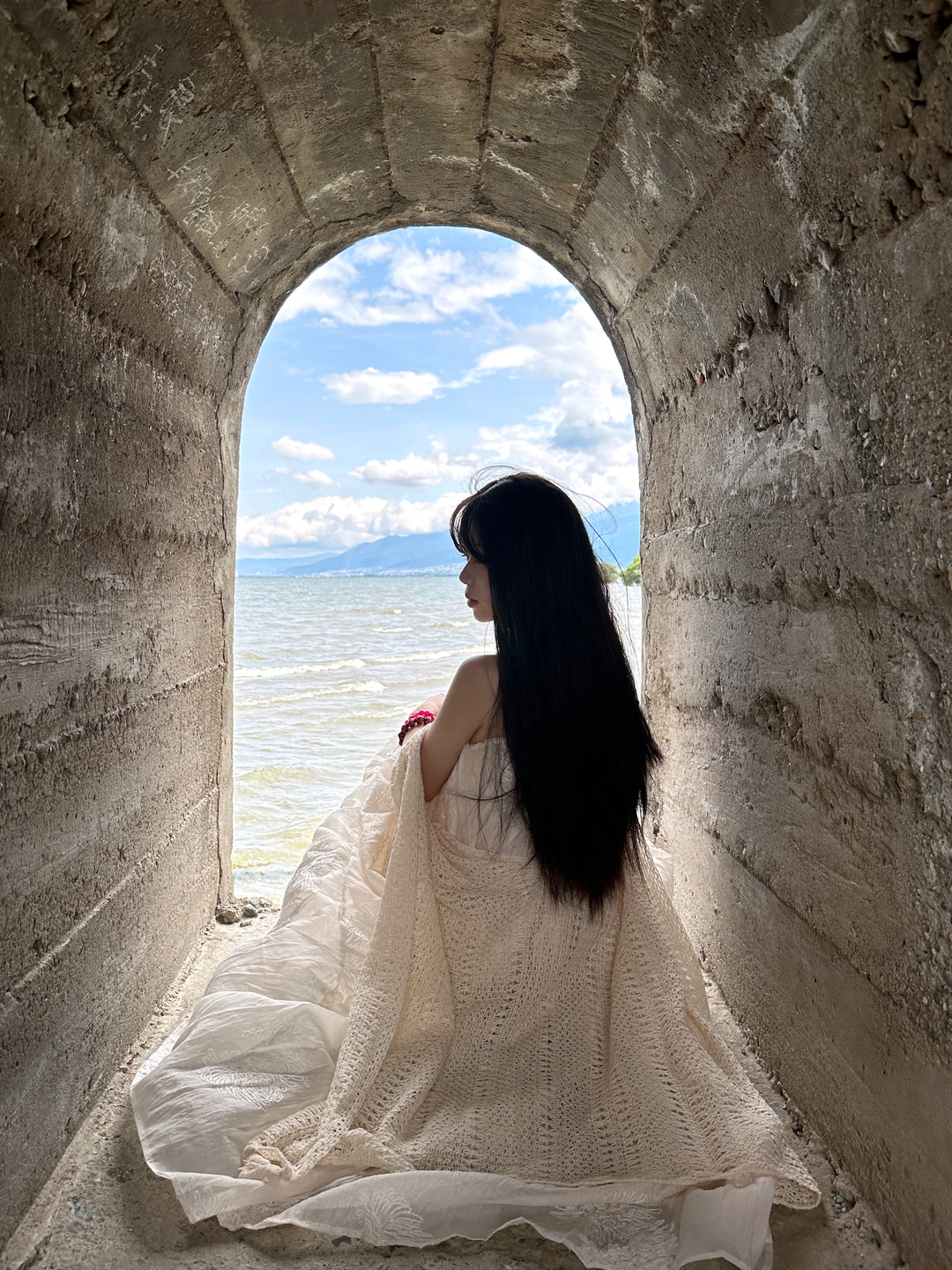
Leave a comment